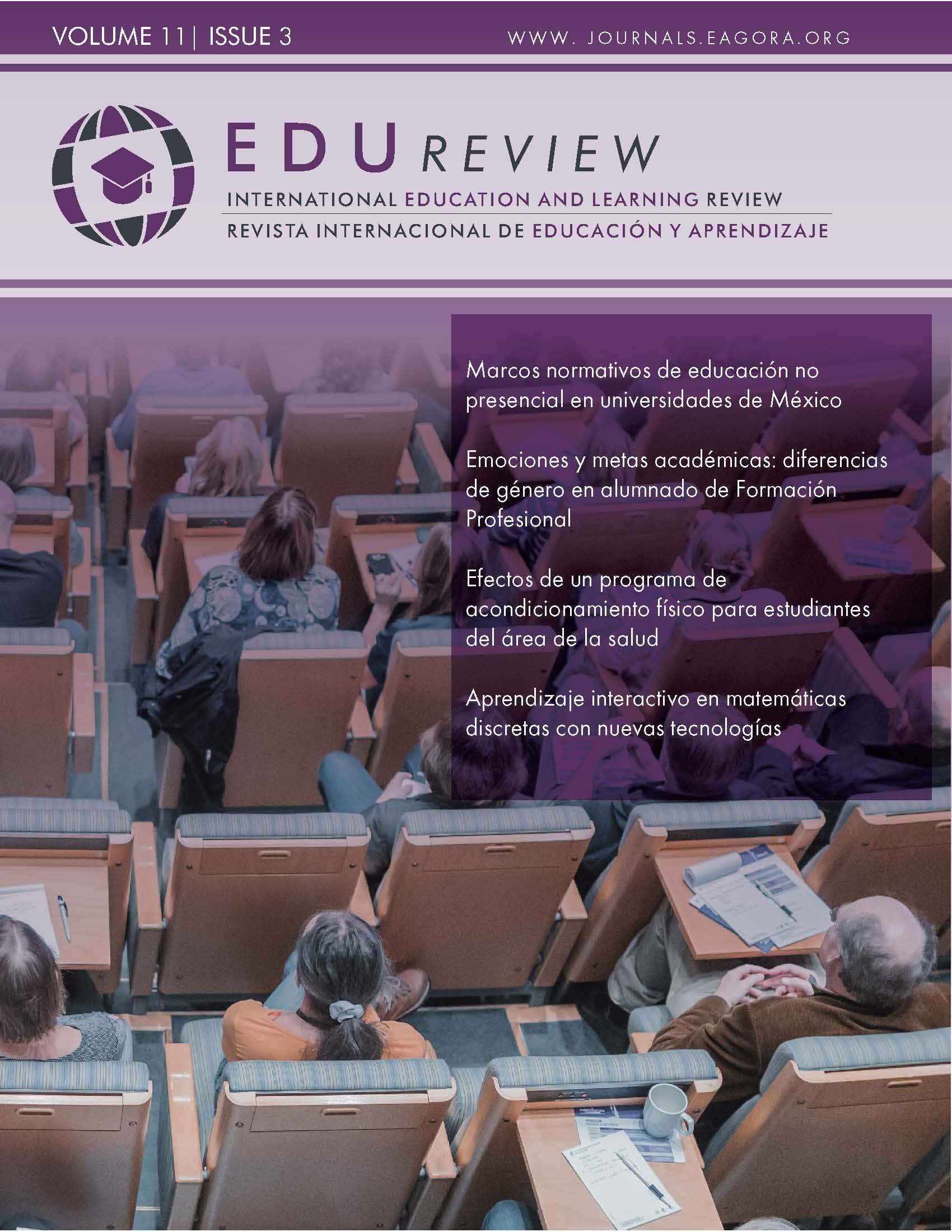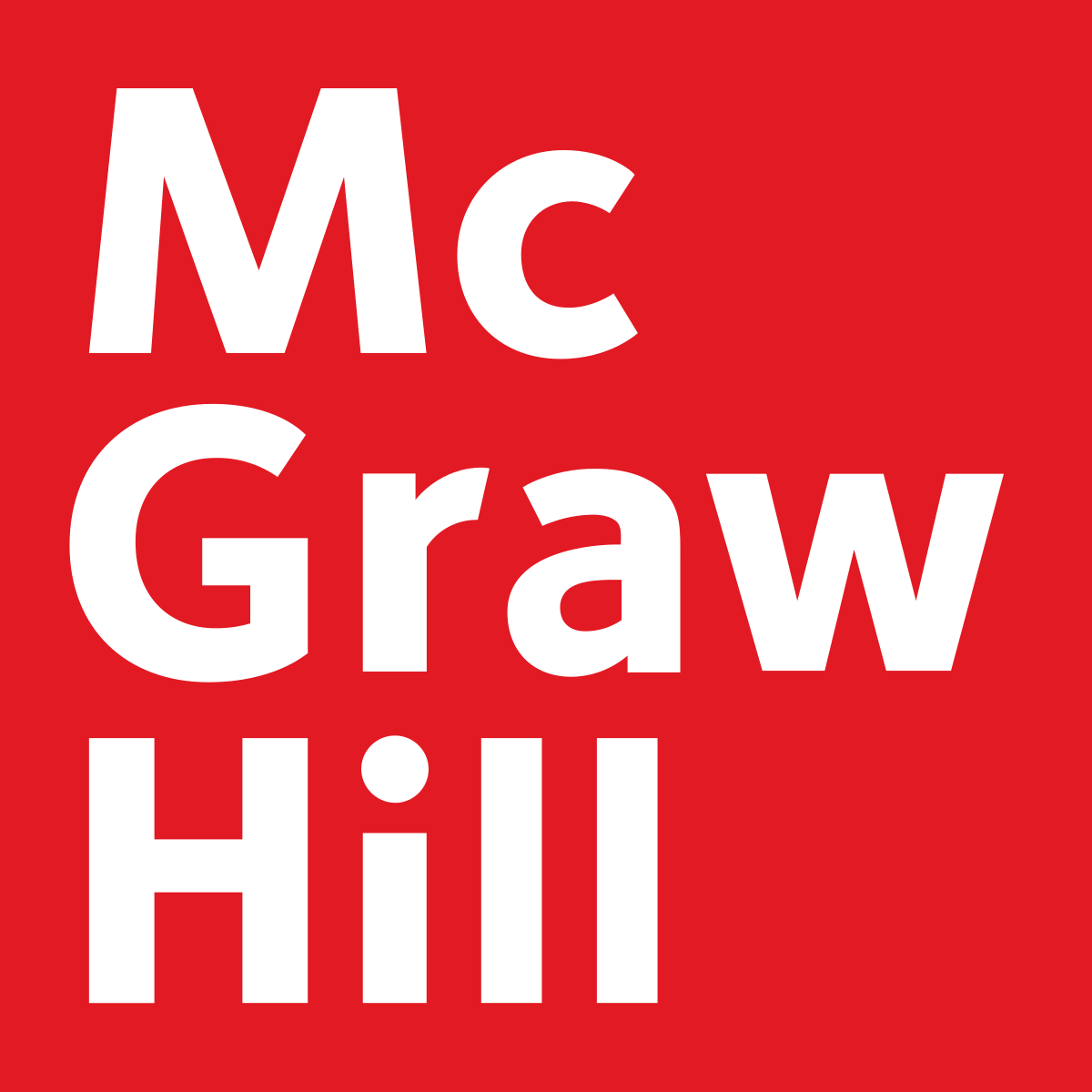Interactive Learning in Discrete Mathematics with New Technologies
DOI:
https://doi.org/10.37467/revedu.v11.4968Keywords:
Interactive Learning, Discrete Mathematics, New Technologies, Comparative Studies, EducationAbstract
This research compares traditional teaching of discrete mathematics in universities with methods that incorporate technology and interactive learning. The effectiveness of both methodologies was analyzed using a quantitative and qualitative approach. The results showed that integrating technology significantly improves students' interest, motivation, and academic performance. This mixed approach revealed a deep understanding of the benefits in learning, suggesting significant changes for university teaching in the digital era.
Downloads
Global Statistics ℹ️
|
967
Views
|
276
Downloads
|
|
1243
Total
|
|
References
Acuña Acuña, E. G. (2022). Analysis of the Impact of TIC on Higher Education in Latin America, EDUTECH REVIEW. International Education Technologies Review / Revista Internacional De Tecnologías Educativas, 9(1), 15–29. https://doi.org/10.37467/gkarevedutech.v9.3277 DOI: https://doi.org/10.37467/gkarevedutech.v9.3277
Acuña Acuña, E.G (2023). Aplicación de minería de datos e Internet de las cosas (IoT) para productos biomédicos. REVISIÓN TECNO. International Technology, Science and Society Review /Revista Internacional De Tecnología, Ciencia Y Sociedad, 12(1). https://doi.org/10.37467/revtechno.v12.3444 DOI: https://doi.org/10.37467/revtechno.v12.3444
Acuña Acuña , E. G. (2023). Fortaleciendo la enseñanza de ingeniería en Educación Superior. Actualización docente en minería de datos, internet de las cosas y metaversos. Congreso De Docencia En Educación Superior CODES, 5. Recuperado a partir de https://revistas.userena.cl/index.php/codes/article/view/2044
Arias, J., & García, D. (2022). Implementación de estrategias de aprendizaje interactivo en la enseñanza de matemáticas discretas: beneficios y desafíos. Revista de Investigación en Educación Matemática, 12(1), 45-62.
Akçayır, M. y Akçayır, G. (2017). Ventajas y desafíos asociados a la realidad aumentada para la educación: una revisión sistemática de la literatura. Revisión de investigaciones educativas, 20 , 1-11.
Barba, E. (2018). Nuevas tecnologías en el aula: ventajas e inconvenientes. Revista de Estudios y Experiencias en Educación, 17, 1-12. https://doi.org/10.21703/rexe.20181930barba1
Blanco, S. L. C. (2011). Factores que se deben considerar al implementar estrategias de educación virtual en odontología. Universitas odontológica, 30(65).
García, E., & Rodríguez, J. (2022). Implementación de nuevas tecnologías y metodologías en la enseñanza de matemáticas discretas: una investigación de la efectividad del aprendizaje interactivo. Revista de Investigación en Educación Matemática, 12(3), 30-45.
García, M., & Rivas, C. (2015). La didáctica de las matemáticas discretas. Universidad de Córdoba. http://www.uco.es/dptos/didactica_mate_ciencias/documentos/Garcia_Rivas_Didactica_Matematicas_Discretas.pdf
García, R., & Pérez, L. (2021). Evolución de las metodologías de enseñanza universitaria: una cronología. Revista de Educación Superior, 50(1), 45-62.
Gutiérrez, J., & Vargas, L. (2021). Beneficios de la implementación de estrategias de aprendizaje interactivo en matemáticas discretas. Revista de Investigación en Tecnología Educativa, 3(1), 23-35.
Hernández, J., & Hernández, M. (2020). Metodología para explorar la efectividad del aprendizaje interactivo en matemáticas discretas mediante la implementación de nuevas tecnologías en la metodología de enseñanza. Revista de Investigación en Educación Matemática, 10(2), 78-92.
Khan Academy. (2022). Aprendizaje interactivo. https://es.khanacademy.org/
Molina, J., & Torres, A. (2021). Herramientas tecnológicas para mejorar la enseñanza de matemáticas discretas. Revista de Tecnología Educativa, 70(2), 90-105.
López, G., & Morales, R. (2021). Impacto de la implementación de tecnologías de aprendizaje interactivo en el aprendizaje de matemáticas discretas. Revista de Investigación Académica, 54, 1-10.
Rosen, K. H. (2018). Discrete mathematics and its applications (8th ed.). McGraw-Hill Education.
Russell, S. J., & Norvig, P. (2021). Artificial intelligence: A modern approach (4th ed.). Pearson.
Sánchez, M., & González, R. (2022). Marco conceptual de la investigación sobre la efectividad del aprendizaje interactivo en matemáticas discretas mediante la implementación de nuevas tecnologías en la metodología de enseñanza. Revista de Investigación en Educación Matemática, 12(2), 45-60.
Tapia Arias, I. C., & Sierra Cetina, E. F. (2023). Fortalecimiento del Pensamiento Aleatorio mediante un Entorno Virtual de Aprendizaje. 123-124. https://repository.unilibre.edu.co/handle/10901/26586
Teng, W., Huang, R., & Shih, M. (2019). Investigating the effectiveness of interactive learning technology in discrete mathematics education. Interactive Learning Environments, 1-15.
Vega, A., & González, M. (2020). Explorando la efectividad del aprendizaje interactivo en matemáticas discretas mediante la implementación de nuevas tecnologías: una metodología mixta. Revista de Tecnología, Informática y Comunicación en Educación, 13(1), 12-25.
Downloads
Published
How to Cite
Issue
Section
License
Those authors who publish in this journal accept the following terms:
-
Authors retain copyright.
-
Authors transfer to the journal the right of first publication. The journal also owns the publishing rights.
-
All published contents are governed by an Attribution-NoDerivatives 4.0 International License.
Access the informative version and legal text of the license. By virtue of this, third parties are allowed to use what is published as long as they mention the authorship of the work and the first publication in this journal. If you transform the material, you may not distribute the modified work. -
Authors may make other independent and additional contractual arrangements for non-exclusive distribution of the version of the article published in this journal (e.g., inclusion in an institutional repository or publication in a book) as long as they clearly indicate that the work was first published in this journal.
- Authors are allowed and recommended to publish their work on the Internet (for example on institutional and personal websites), following the publication of, and referencing the journal, as this could lead to constructive exchanges and a more extensive and quick circulation of published works (see The Effect of Open Access).













